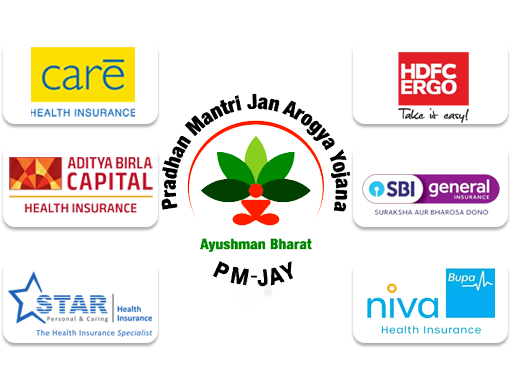- Impact of a disease
- Top 10 Diseases in India
- How Insurance helps

Daina is a content writer with a profound grasp of Insurance, Stocks, and Business domains. Her extensive 3-year experience in the insurance industry equips her with a nuanced understanding of its intricacies. Her skills extend to crafting blogs, articles, social media copies, video scripts, and website content. Her ability to simplify complex insurance concepts into reader-friendly content makes her an expert in the domain.
Reviewed By:

Naval Goel, the founder of PolicyX is a well-recognised name in the Indian insurance and finance industry. His global overview has revolutionised the way insurance is perceived and bought by commoners in India.
Updated on Aug 07, 2023 4 min read




List of Top 10 Deadliest Diseases
Diseases can have a profound impact on individuals and their families, affecting not just physical health, but also emotional well-being, financial stability, and daily life. Chronic illnesses can lead to physical pain, disability, and decreased quality of life, as well as emotional stress, depression, and anxiety for both the affected person and their family members. Financial strain can also be a significant issue, as medical treatment for some diseases can be very expensive and may not be covered by insurance. Caregiving responsibilities may also fall on other family members, which can be physically and emotionally demanding. In some cases, the affected individual may be unable to work, leading to a loss of income and financial strain on the family. Additionally, certain diseases can carry a stigma and lead to discrimination, further impacting a person’s well-being and quality of life.
How Insurance Helps in Coping with Deadly Diseases
In today’s world, the cost of medical treatment has risen significantly and has become unaffordable for many individuals. The cost of hospitalization, surgeries, medicines, and treatments can put a strain on an individual’s financial resources and can lead to a vicious cycle of debt. Insurance policies help to mitigate these costs and provide financial support to individuals in their time of need.
Insurance is important for times when a person is affected by a deadly disease because it can help to cover the costs of medical treatment, which can be substantial. This can be especially important for those who may not have the financial resources to pay for these treatments on their own. Insurance can also provide peace of mind, knowing that you will be able to get the care you need if you are ever affected by a deadly disease.
With insurance, individuals can access treatments and services that are otherwise unavailable to them due to financial constraints. Insurance policies also provide a safety net for families in the event of the loss of the breadwinner. In such a scenario, the family can rely on the insurance policy to support them financially and help them cope with the loss. In addition, insurance policies also encourage individuals to seek early treatment and avoid delaying medical care. This is because they know that they have the financial security of insurance to fall back on.
In a Nutshell
Health is a vital aspect of every individual’s life, and the well-being of a nation’s citizens is a crucial indicator of its progress. India, being one of the largest and most populous countries in the world, faces a number of health challenges, including a high burden of deadly diseases and much more needs to be done to address these challenges. Effective and equitable healthcare delivery, improved access to vaccines and medicines, and lifestyle changes that promote healthy habits are some of the key steps that need to be taken to reduce the burden of these diseases in India.
To know more about individual, family, senior citizen health insurance, and group health insurance, schedule your appointment with PolicyX advisors today!
Consult for Personalized Insurance Advice

But how does it work?
Schedule a call with India’s number 1 trusted advisor with a 4.5+ rating on Google. We are not your average insurance agents. Our advisors are experts in their insurance knowledge and will give you the right information at the right time. The service is free of cost! Don’t worry, we won’t spam as we value your time.
Health Insurer Network Hospitals
Health Insurance Companies
Know More About Health Insurance Companies
Share your Valuable Feedback
4.4
Rated by 2628 customers
Was the Information Helpful?
Select Your Rating
We would like to hear from you
Let us know about your experience or any feedback that might help us serve you better in future.


Written By: Daina Mathew
Daina is a content writer with a profound grasp of Insurance, Stocks, and Business domains. Her extensive 3-year experience in the insurance industry equips her with a nuanced understanding of its intricacies. Her skills extend to crafting blogs, articles, social media copies, video scripts, and website content. Her ability to simplify complex insurance concepts into reader-friendly content makes her an expert in the domain.






 Reviewed By: Anchita Bhattacharyya
Reviewed By: Anchita Bhattacharyya

















Do you have any thoughts you’d like to share?